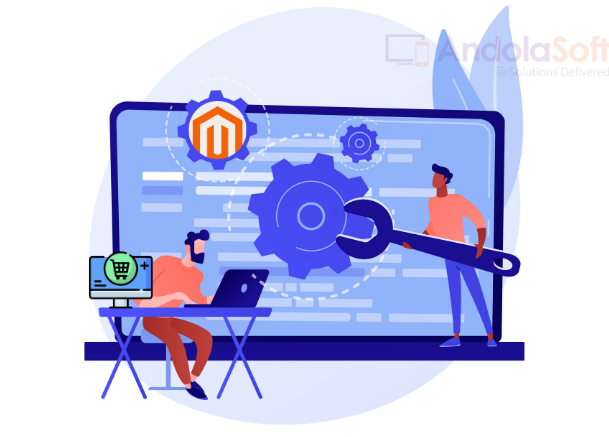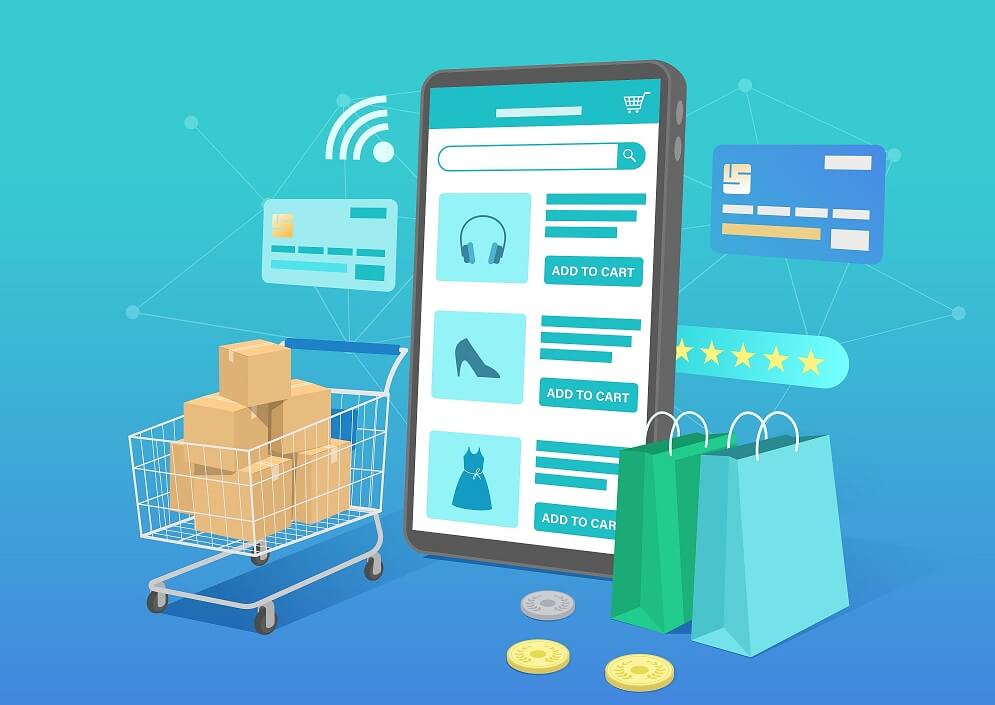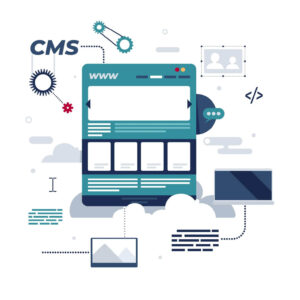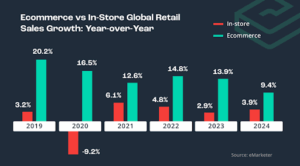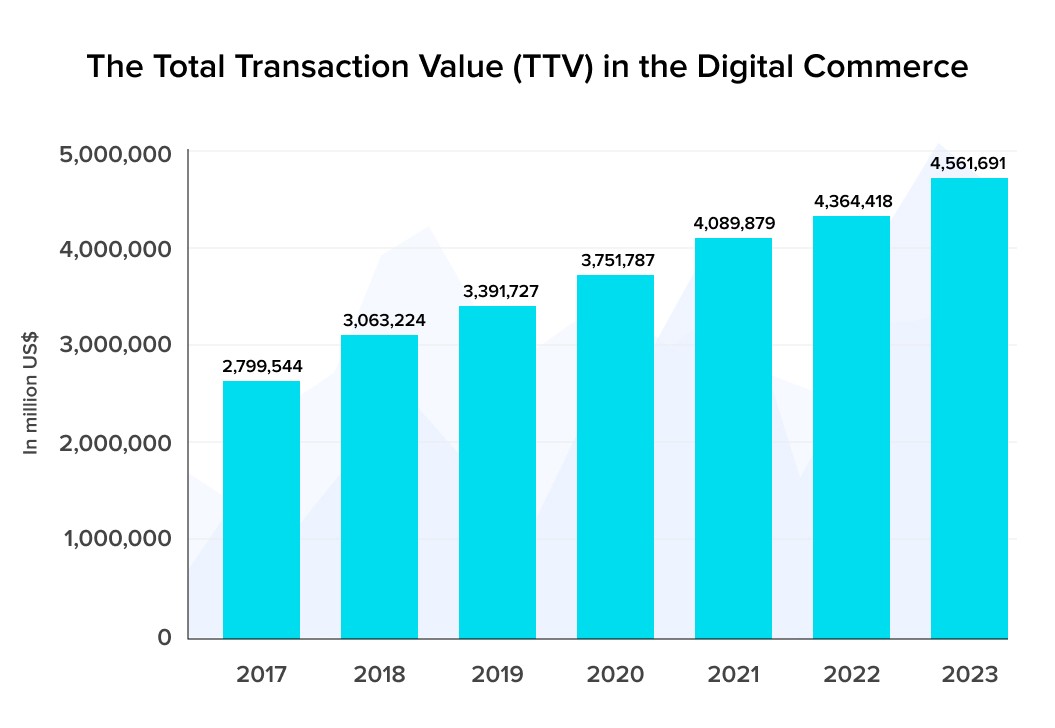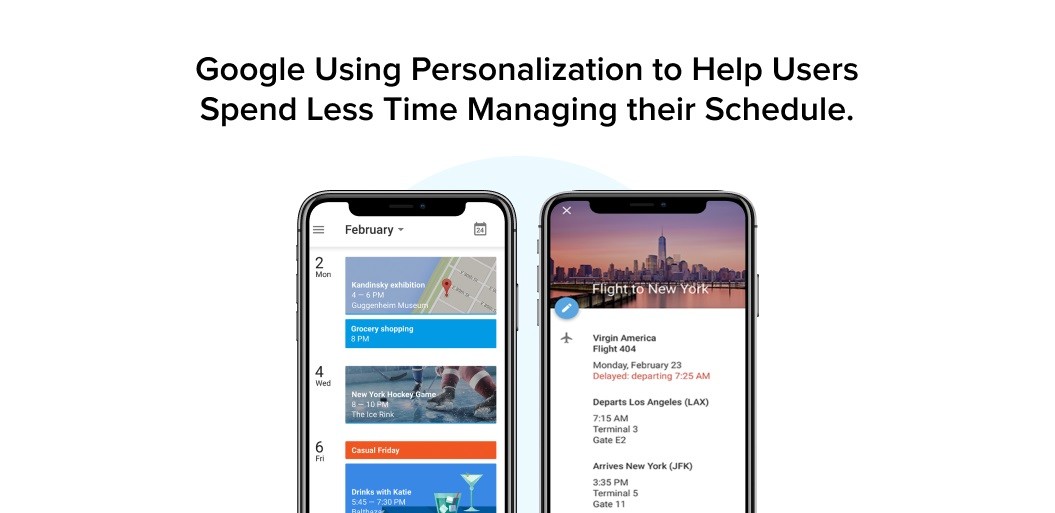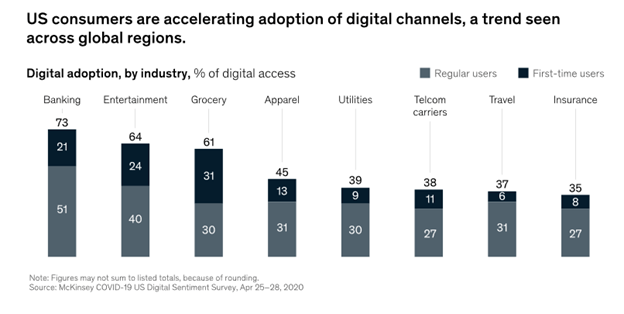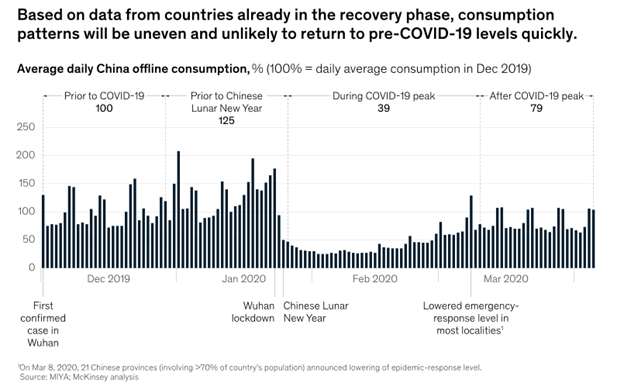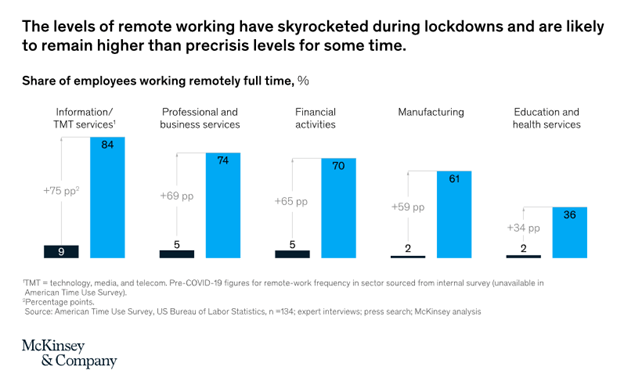The online world is bombarded with E-commerce websites and this business model is growing at an exponential rate. To enjoy success in such a competitive market, your E-commerce store needs the latest & innovative trends.
Magento is among the most effective CMSs as it offers result-oriented features like a mobile-friendly platform, cost-effectiveness, flexibility, and scalability.
Because of these features, Magento has become extremely popular and is dominating the online selling industry.
E-commerce stores need to integrate innovative trends to offer engaging & unique experiences to customers.
Never miss an update from us. Join 10,000+ marketers and leaders.
These trends ensure the growth of online selling stores and the business model is slowly replacing brick-n-mortar selling.
Change is growing at a rapid pace within the industry. Online sellers are always on their toes as the future is completely unpredictable.
The best approach is to integrate futuristic trends. Startups & entrepreneurs are consulting Magento experts to leverage the power of the latest trends. In this post, we are discussing different E-commerce trends.
Let us learn about the different E-commerce trends in detail.
1. Personalized Shopping
Seeing the growing number of new E-commerce websites within the market, it becomes crucial to building customer-centric websites to boost user experience.
Here Magento CMS brings plenty of advantages to Ecommerce world. The CMS can facilitate the building of highly responsive websites and apps.
This gives the potent scope of personalization.
With Magento, it becomes easy to send push notifications and emails to customers based on their shopping behavior.
A popular trend is to come up with personalized product pages as per user requirements.
2. Voice Commerce
By the end of 2021, the demand of smart speaker will grow by more than 30%. This clearly states it is the most demanding E-commerce trends to implement.
In fact, some brands are offering smart speakers with the features to book ticket to shopping online.
Several online merchants taking assistance from Magento Experts to implement voice commerce in their online stores.
Voice search in E-commerce website development will bring higher ROI.
Few tips to integrate voice search are mentioned:
- The integration of Amazon Alexa & Google Assistants
- Content optimization for voice queries
- Facilitating a simple flow to buy products
- Voice-based navigation on the website
3. Social Commerce
When it comes to the improvement of online sales and overall business ROI, the social commerce trend can’t be ignored.
Shoppers take keen interest in the websites integrated with social media platforms for sharing.
This makes it a preferred choice for buyers to know about all the top-rated deals on the Internet.
The number of online ads are growing with each passing day over social media platforms. This makes people aware about latest products & services in a convenient manner.
Hence, a dedicated Magento developer can never miss out on such a remarkable trend.
It has become a need these days for the guaranteed success of any online selling website.
4. AR/VR
The technological revolution is completely transforming industries. This is because of the emergence of latest technologies comprising Virtual Reality & Augmented Reality.
Seeing the relevance, these technologies are highly beneficial during the E-commerce website development.
Several people complain about the product feel & look present in brick-n-mortar store.
VR & AR technologies have helped online merchants to eliminate such gaps in online shopping.
There are plenty of reasons why E-commerce merchants are considering the integration of these trends. Shoppers can easily visualize products with the inclusion of latest AR technology.
Shoppers with ease can check whether the product is worth buying and meeting their demands or not.
The use of AR/VR is a super exciting trend that will be the most talked in the year 2021.
5. Artificial Intelligence
The Artificial Intelligence implementation in E-commerce business for product recommendations is not hidden from the whole world.
In the last few years advanced algorithms are introduced to uplift AI technology.
E-commerce websites get the chance to prepare for smarter product suggestions that will overall improve the customer experience.
Different trends are integrated with the support of Artificial Intelligence.
The customization of trends as per the buyer behavior & market needs will help to determine the best scenario for listing different products.
It will boost the marketing & sales efforts of different E-commerce businesses.
6. Push Notifications
Magento offers the option of customized push notifications for its visitors. First of all study the buying patterns and click behavior of the customers to send push notifications.
The primary objective of PUSH notification is to retain existing customers and engage new ones. In Magento 2, it is easy to communicate with the customers even after the website is closed.
The Web Push Notification extension work by using the web browser to show push notifications.
I’ve worked with the team at Andolasoft on multiple websites. They are professional, responsive, & easy to work with. I’ve had great experiences & would recommend their services to anyone.
Ruthie Miller, Sr. Mktg. Specialist
Salesforce, Houston, Texas

Hence, the customer can see the push notification whenever their web browser is open.
The push notification is an important tool to interact with the customers and get instant feedback. It captures the instant interests of the customers.
Thus, building a pure organic customer base in your niche.
Wrapping Up:
We have discussed the top-trends of Magento E-commerce for this year. After going through the post, we hope you have proper idea of how the CMS continues to build its standards.
Hence, why not take the leverage of these technology trends to enrich your website?
Consult an experienced E-commerce development company that can always be by your side to offer instant support services.
This is a perfect investment plan to remain competitive in the world of E-commerce.
